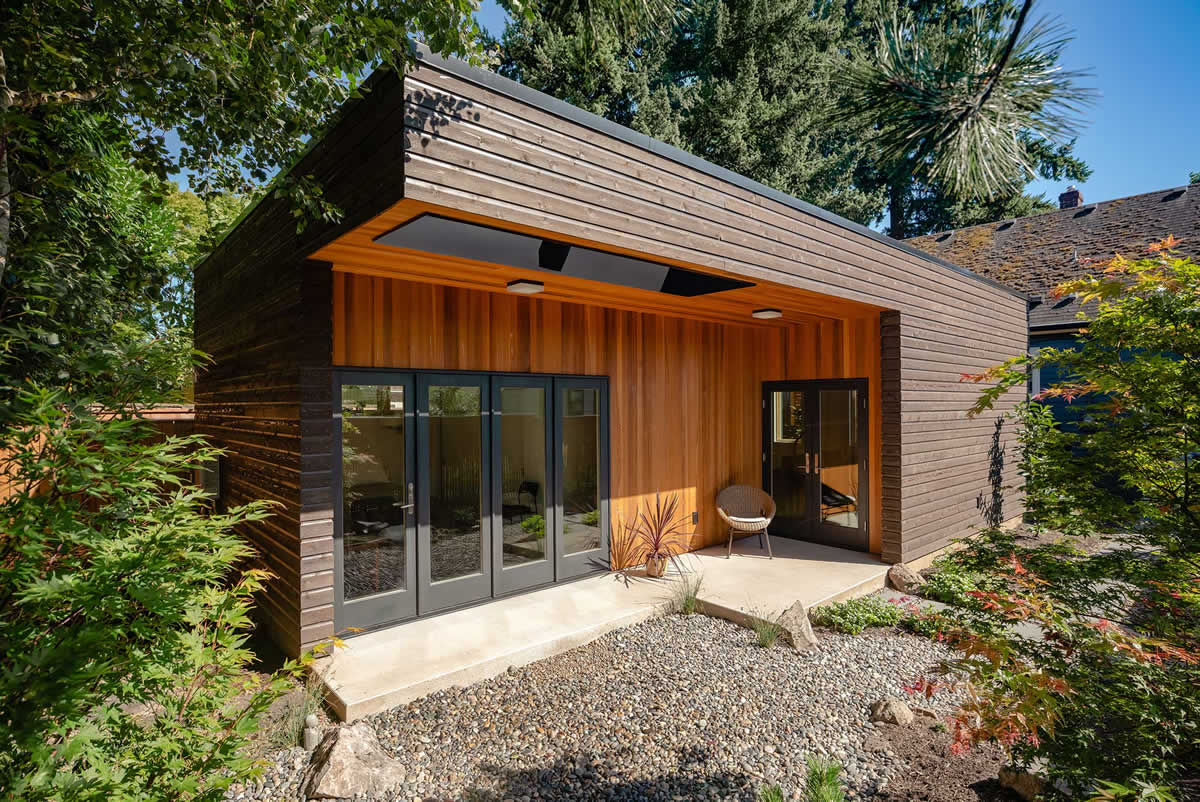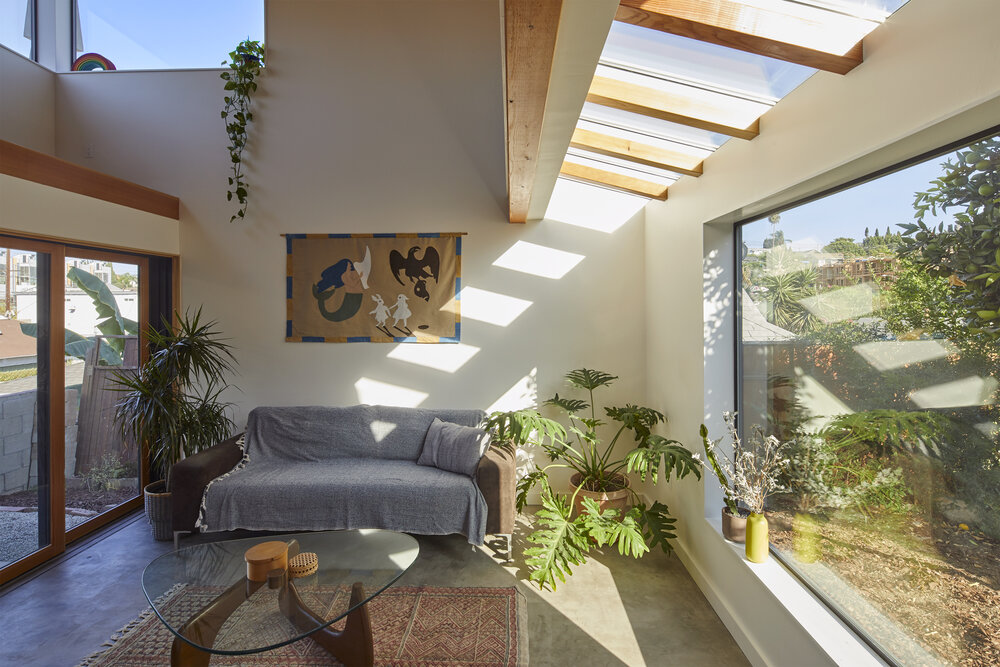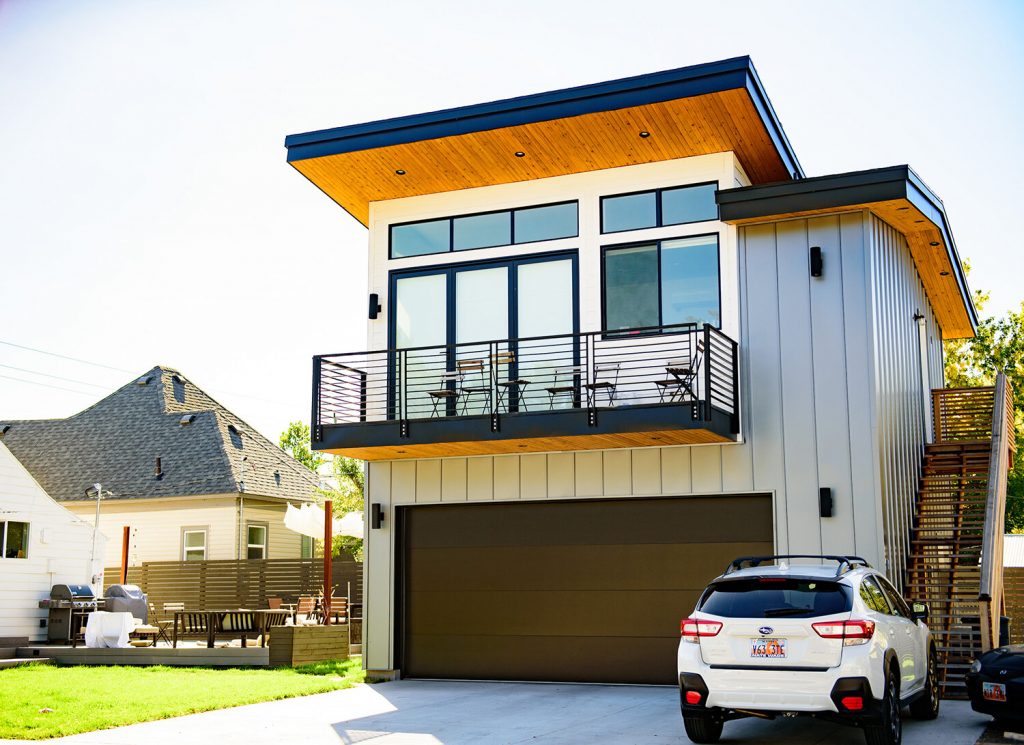Introduction Schools and other learning facilities depend on quality HVAC units to stay functional and comfortable during each term. Unfortunately,

Are you planning to add extra living space to your property? Maybe you intend to rent out that space for more income on a website like Airbnb. Or you’re looking for extra space for your family. Whatever your intentions are, an ADU might be the perfect option. Continue reading this article to know everything there’s to know about ADUs. Furthermore, you’ll learn what you need to start your Accessory Dwelling Unit project!
An ADU refers to secondary living space on private property. Other ADU names include ‘backyard cottages’, ‘granny flats’, or ‘mother-in-law suites’.
Some ADUs are fully-functional, separate homes with complete kitchens, living areas, and bathrooms. While others link to the current house. Such units only have sleeping spaces, kitchenettes, and bathrooms. These units are ideal for optimizing your property’s space. Moreover, they provide more functionality as well as lifelong resale value.

In the USA, there is a crisis of affordable in some areas, especially across the West Coast’s cities. This means that the rate of building houses is lagging behind the demand. As a result, the cost of existing homes is increasing.
ADUs appear to be the solution to this challenge. Building an extra house on the property also allows homeowners to maximize land use.
Most people prefer houses that are close to schools and other essential amenities. Yet, living in such places is very costly. With ADUs, renters are able to get affordable housing in those expensive places.
For that, cities are seeing ADUs as a quick way of addressing the issue of affordable housing. For instance, California state and Seattle recently set new ADU rules. These rules enable homeowners to build ADUs on their property with ease.
There are many benefits of building an Accessory Dwelling Unit in your property. For one, if you’ve got a family, you can use that space to shelter adult children. Thus offering them private and separate living space. Also, if a senior member wants the freedom of living alone, they can use that space. The extra space can also house a live-in caretaker for aging homeowners.
You can also use an ADU as a dedicated area, say a home office for instance. With the increasing popularity of remote jobs, most people are working from home. So, if you’ve got extra space in your home, you can work from home without distractions.
Another benefit of an ADU is that you can use it to earn an extra income. This is by listing it on homestay websites like VRBO and Airbnb. Moreover, you can rent it out to tenants.
In general, there are 2 types of Accessory Dwelling Units; detached and attached.
An attached Accessory Dwelling Unit attaches within the primary structure. This can be garage conversion, house addition, an attic, or basement conversion.
A detached Accessory Dwelling Unit is a separate unit. It’s usually built in the property’s back yard. This can be a cottage or a small house with no link to the main house. Detached ADUs are more expensive than attached units.

If you’re planning to construct an ADU, it’s good to use professionals. They’ll help you to handle your project from the planning to completion. An interior designer or architect will help you to plan a functional and beautiful space. They can as a team to assist you with things like floor plans and layouts.
Architects usually deal with the big-picture project’s aspects. This includes things like material usage, compliance with rules & regulations, and engineering. Interior designers deal with décor aspects like furniture, accessories, finishes, and appliances. If you want the right design for your ADU project, contact InnoDez Design and Engineering!
After the architect completes the design, look for a general contractor.
Different cities have varying regulations that apply to the construction of ADUs. Zoning laws limit the kind of outbuildings that you can construct on your property. Before you start your project, you may also need a building permit. The lot size will also determine the size of the ADU that you build.
Thus, you should consider the rules that apply in your area. You can check them out on your county’s or city’s website.
Building an ADU on your property has several benefits. Some of the main ones include;
• Increase potential Resale and Property value
The amount of money you’ll spend to build an ADU is comparable to the value-added to your property. For instance, if you spend 250-300k to build an ADU, the resale value may increase by 600k.
• Rental Income-Long term and short term
An ADU will help you to create a supplemental source of income by renting it out to tenants. The short term/ long term income will help to cover your expenses.
• Private Guest Accommodations
Having a unit outside of your main house is good for private accommodation. This gives privacy to both the homeowners and the guests. Moreover, if you’ve elderly grandparents or parents, they can live in the ADU. This is a much better option than taking them to a nursing home.
• Separate work from home office space
If you work from home, a detached structure can enhance focus and productivity. For instance, you can use it as a workshop, office, or art studio. This will also give you more space where you can meet with your clients.
• Affordable housing for Adult children
The cost of living in most areas is high. Thus, having an ADU on the property is a great option to house your adult children. Especially while they’re still in college or getting on their feet. This will help you to save money and give your children some independence.
Start by checking whether your lot size can support the construction of an ADU. Building codes and local zoning may restrict the height and size of an ADU. This will depend on the property location.
If you want to know whether your land can support an ADU, contact us at hello@old-innodez.avantic.co.
About Author
InnoDez